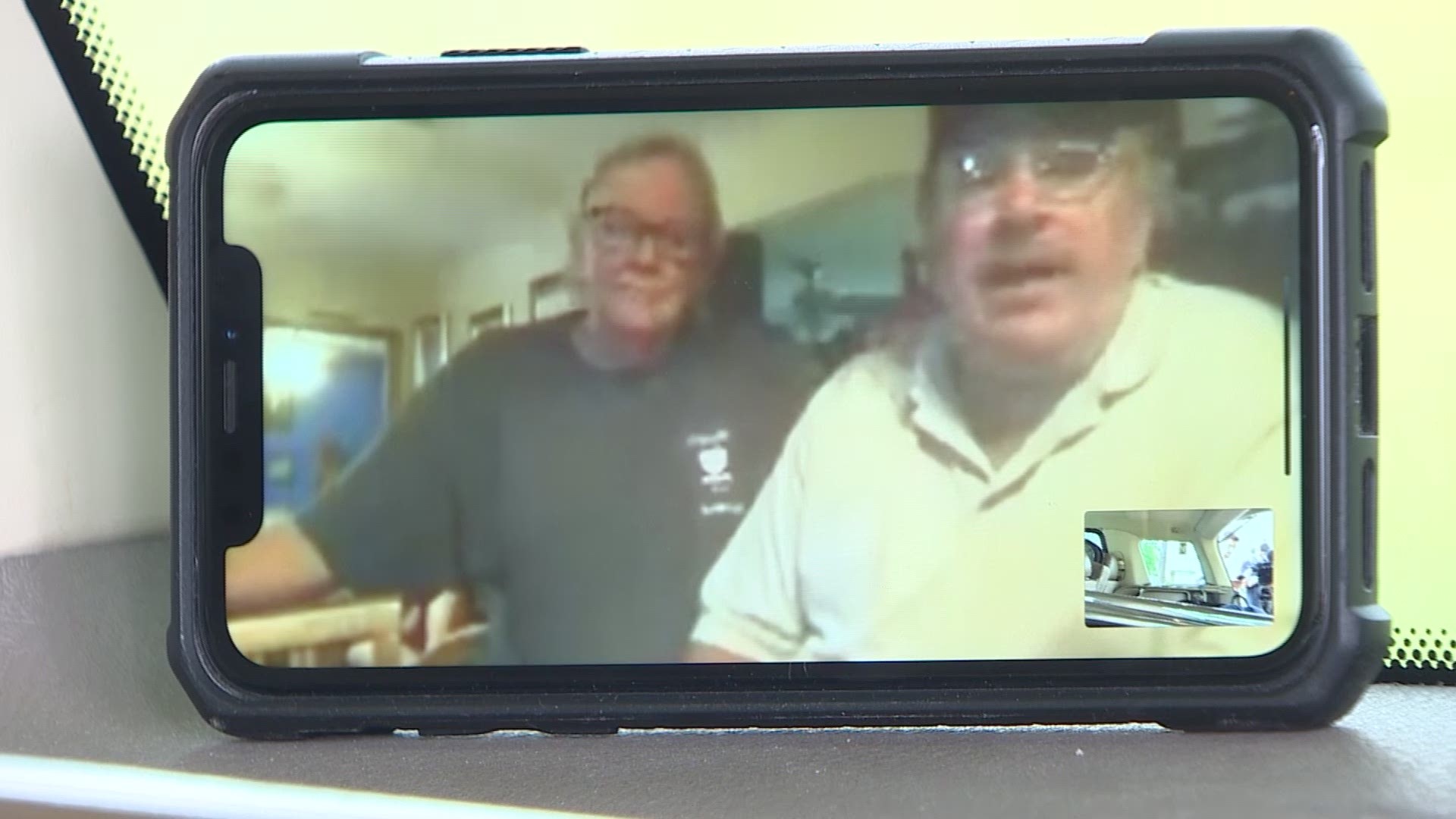WASHINGTON — The Centers for Disease Control and Prevention, which is the federal agency working on the national COVID-19 response, suggested that “social distancing” may be a tool communities can use to limit exposure as the disease spreads.
Social distancing can limit face-to-face contact and prevent spread among people.
The CDC said there is “heightened concern for certain communities in the U.S."
“What these actions look like at the community level will vary depending on local conditions,” Dr. Nancy Messonier, the CDC's Director of the National Center for Immunization and Respiratory Diseases, said.
“People, communities, local and state governments should begin thinking about what this might look like for them, a local action that might work best in their community to blunt the impact of this virus,” she said.
Here is a video about three things to know about the coronavirus:
Messonier also addressed the six deaths in a Washington long-term care facility and said the CDC is still learning about the virus.
“We expect to continue to find more cases. These will probably result from a mixture of instances of travel-related, contact-related and community-associated cases where we don’t immediately know where people became exposed,” Messioner said.
Messonier said, so far, most COVID-19 cases have been mild, with China reporting serious illness in 16% of cases.
“Older people and people with underlying health conditions like heart disease, lung disease and diabetes, for example, were about twice as likely to develop serious outcomes versus otherwise, younger, healthier people,” Messonier said. “We are particularly concerned about these people, given the growing number of cases in the United States as well as those with suspected communities spread. What is happening now in the United States may be the beginning of what is happening abroad.”
According to the CDC, 12 states have reported cases of COVID-19. Sixty cases have been documented in the United States as of Monday evening. This does not include the people who came back on the U.S. State Department flights.
In a Tuesday press release, the city of San Antonio said more than 120 evacuees from the Diamond Princess cruise ship were no longer quarantined at Lackland Air Force Base. KHOU reported some evacuees expected to be released Monday but were told they had to stay.
Of the 60 cases cited by the CDC on Tuesday, the agency said 22 were travel-associated, 11 were likely transmitted person-to-person and 27 were under investigation, meaning the state and local public health officials are still trying to figure out how they got infected.
“We want anyone with suspected exposure to someone with COVID-19 to reach out to their health care provider,” Messonier said “You should do that by phone. There may come a day when we're only looking for severe illness. But we're trying to understand how the virus behaves and prevent additional spread.”
In the question-and-answer section of the media update, Messonier was asked to address the criticism regarding CDC’s narrow criteria for testing.
“The CDC’s criteria for patients under investigation has always started with the importance of clinicians who are making judgments about what their patients are likely to have,” Messonier said. “We need to be focused on what we're doing today to identify patients who are ill, make sure that they're getting appropriately treated and tested, and make sure that we're protecting our communities by keeping ourselves and each other safe.”
Messonier also addressed future testing for COVID-19.
“We expect by the end of this week, the public health labs will be able to test up to 75,000 people. That is a small part of the overall testing that will be available,” she said.
She did not elaborate on whether that number corresponds to nationwide total, or by each state.
Messonier said the tests will be “widely available.”
KHOU reached out to the Texas Department of State Health Services to understand how and if it will affect Texans. The story will be updated when we hear back.
RELATED COVERAGE


